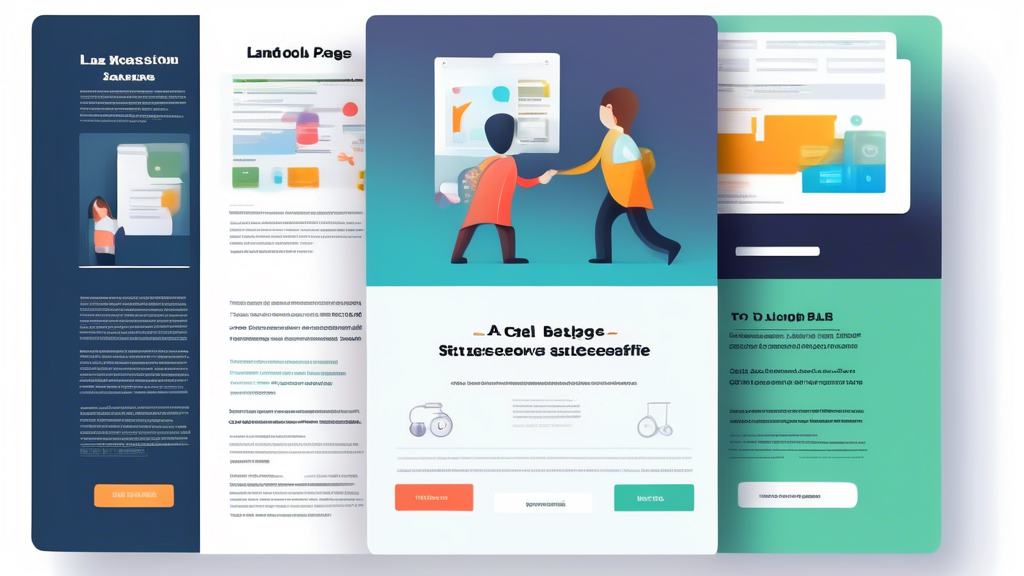A/B Testing Strategies for Successful Landing Pages
When it comes to optimizing the performance of your landing pages, A/B testing is a powerful technique that can provide valuable insights into what resonates best with your audience. By comparing two versions of a page (A and B) that are identical except for one variation, you can determine which elements have the biggest impact on conversion rates.
1. Setting Clear Goals
Before you start A/B testing, it is essential to define clear goals for your landing page. Whether you want to increase sign-ups, downloads, or purchases, having a specific goal in mind will help you focus your testing efforts and measure success effectively.
2. Testing One Element at a Time
To ensure accurate results, it is crucial to test only one element at a time. Whether it’s the headline, call-to-action button, images, or layout, isolate the variables you want to test to understand their individual impact on conversions.
3. Collecting Enough Data
In order to draw statistically significant conclusions from your A/B tests, it is important to collect enough data. Make sure to set a time frame for your tests and determine the sample size required to detect meaningful differences between the variations.
4. Iterating and Learning
A/B testing is an iterative process that involves continuous learning and optimization. Use the insights gained from each test to inform future experiments and gradually refine your landing pages for better performance.
5. Considering the User Experience
While optimizing for conversions is important, it is equally crucial to consider the overall user experience of your landing pages. Make sure that any changes you make are aligned with your brand identity and enhance the usability of the page.
By implementing these A/B testing strategies, you can uncover valuable insights, improve the effectiveness of your landing pages, and ultimately drive higher conversions and engagement with your target audience.




